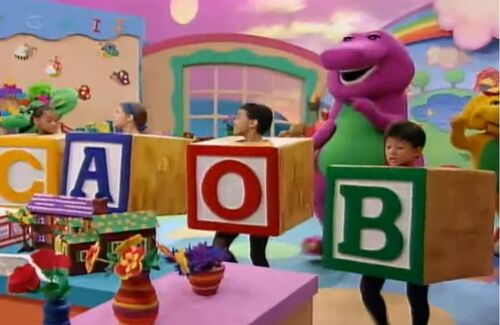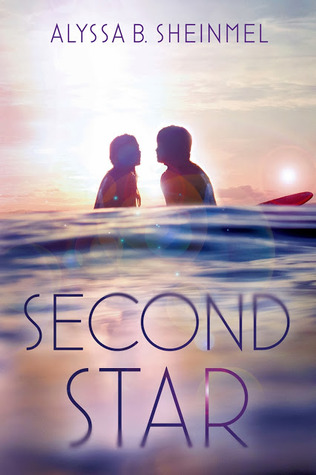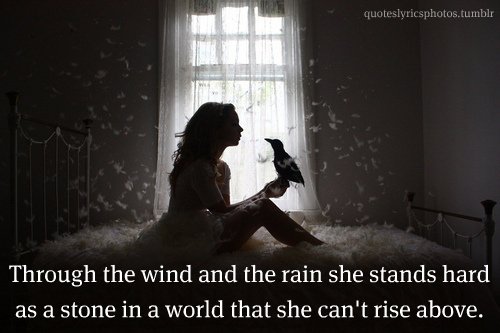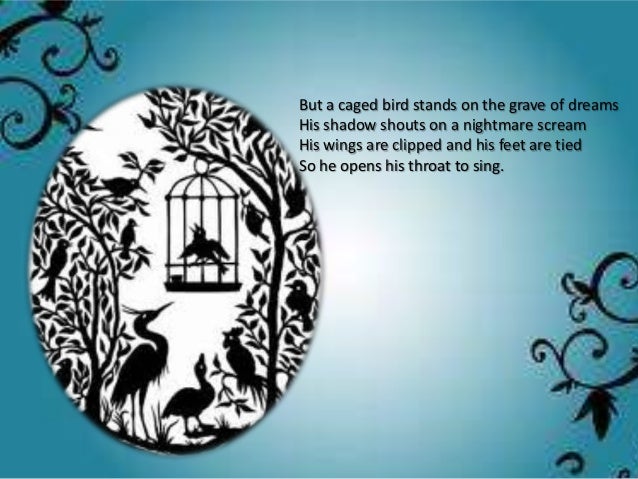When I was in middle school, I avoided contemporary books. They never took place in a world I recognized. Book schools have popularity pyramids. In book schools, even the most popular kid knows the outcasts by name. And book schools were always high schools. I can't think of more than three YA books I read that were set in middle school. I'd much rather read historical fiction or fantasy. At least those make-believe worlds didn't masquerade as reality.

Back in January, my friend Hannah made a Mean Girls reference I couldn't appreciate because I'd never seen the movie. Well, that isn't entirely true. We watched the Burn Book clip in Women's History and I rolled my eyes the whole time. How does Regina have dirt on every female in their class? How can they get away with those itty bitty skirts in school? This wasn't a world I knew, much less lived in.
But I'd committed the horrid crime of living to age eighteen without seeing Mean Girls. So Hannah sat me down on her couch and educated me. As I finally watched the whole movie, I fell in love with this world of conniving, cutthroat girls. It didn't look anything my life, but for some reason, that no longer bothered me. It's the world the story needed and I know it hit home for some viewers.
I'm currently reading The Bishop's Wife by Mette Ivie Harrison. The protagonist is Linda Wallheim, the wife of a Mormon bishop and amateur sleuth who investigates her neighbor's sudden disappearance. In Linda's Mormon Utah world, all the male characters range from misogynistic to murderous.
I'm a Mormon from Riverton, Utah. That's one street over from Draper, Utah, where The Bishop's Wife is set. The Draper Temple? That building on the cover? I am currently looking at it from my computer room window. I'm reading this for the same reason Hermione Granger took Muggle Studies. The oppressive patriarchy Linda lives in isn't the world I've lived in my entire life, but hey, I'm open to new perspectives.
In middle school I would've loathed it. Another failed attempt at representing my personal universe. But my opinions about media are evolving. Now I think complaining that a contemporary book isn't realistic is like saying dialogue doesn't resemble real speech. Of course it doesn't. Real people don't have copy editors. It's wittier than every day conversation.
Maybe, instead of whining when a book isn't realistic, we can use it as a chance to see what the world looks like through someone else's eyes.

Back in January, my friend Hannah made a Mean Girls reference I couldn't appreciate because I'd never seen the movie. Well, that isn't entirely true. We watched the Burn Book clip in Women's History and I rolled my eyes the whole time. How does Regina have dirt on every female in their class? How can they get away with those itty bitty skirts in school? This wasn't a world I knew, much less lived in.
But I'd committed the horrid crime of living to age eighteen without seeing Mean Girls. So Hannah sat me down on her couch and educated me. As I finally watched the whole movie, I fell in love with this world of conniving, cutthroat girls. It didn't look anything my life, but for some reason, that no longer bothered me. It's the world the story needed and I know it hit home for some viewers.
 |
I'm a Mormon from Riverton, Utah. That's one street over from Draper, Utah, where The Bishop's Wife is set. The Draper Temple? That building on the cover? I am currently looking at it from my computer room window. I'm reading this for the same reason Hermione Granger took Muggle Studies. The oppressive patriarchy Linda lives in isn't the world I've lived in my entire life, but hey, I'm open to new perspectives.
In middle school I would've loathed it. Another failed attempt at representing my personal universe. But my opinions about media are evolving. Now I think complaining that a contemporary book isn't realistic is like saying dialogue doesn't resemble real speech. Of course it doesn't. Real people don't have copy editors. It's wittier than every day conversation.
Maybe, instead of whining when a book isn't realistic, we can use it as a chance to see what the world looks like through someone else's eyes.















